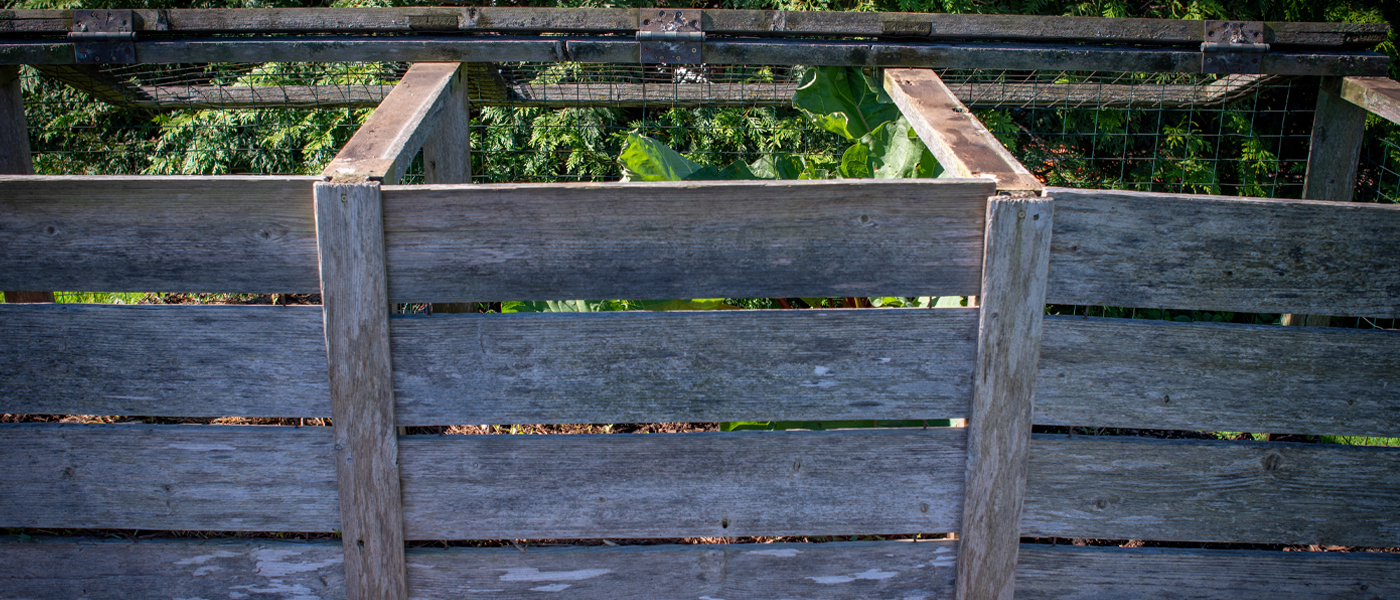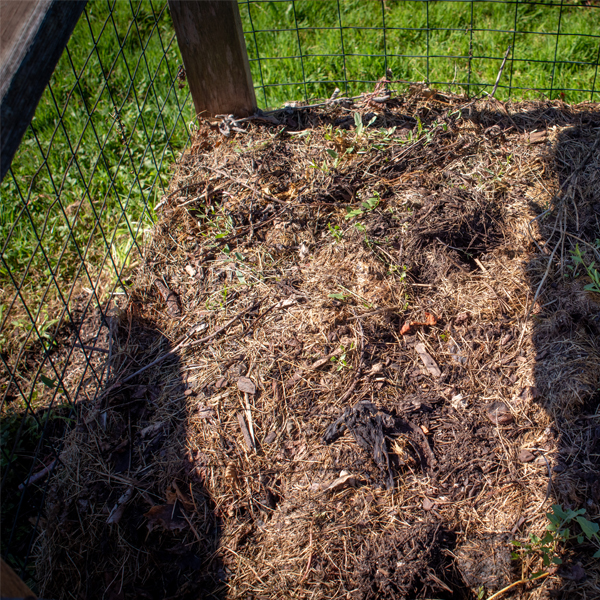

Tips & Techniques
Composting
 |  |
What's the best way to recycle your lawn, garden, and kitchen waste? Make your own compost—it can do magic for your garden. Compost is simply a mixture of soil and pieces of plants that have decomposed to the point of being unrecognizable. Dark brown and crumbly, it is an attractive addition to any garden. And the things it does for the garden are nothing short of spectacular!
Keeps lawn waste out of landfills
Composting not only keeps lawn waste out of landfills, it also creates a rich soil amendment for the garden. Compost is the ultimate soil conditioner, since it improves both texture and structure, giving soil that much-desired tilth that's perfect for growing vegetables and flowers. There is also evidence that plants mulched with compost have a degree of disease resistance that they might not normally have.
Mulching with compost moderates the soil temperature, retains moisture, and provides nutrients for plants. The plants become stronger, healthier, and better prepared to fend off attacks from diseases and pests.
How to make compost
The most efficient compost pile is arranged in layers with fairly uniform distribution of organic material. Since few home gardeners have all the resources they need for the "perfect" pile all the time, the construction of layers is usually a matter of personal taste and availability of materials. An easy recipe for a typical pile is a layer of vegetable waste, such as potato peelings and carrot tops; a layer of grass clippings and fresh plant material; a layer of ground-up dried leaves, twigs, hay, or straw; a layer of soil that adds microorganisms to the pile; and then a layer of manure or a handful of commercial fertilizer to add extra nitrogen to feed the microorganisms. If most of the materials are green and succulent, such as grass clippings and vegetable waste, the extra nitrogen is not usually necessary since these wastes break down quickly.
Nine cubic feet, in a neat pile or container, is a good, manageable size for a backyard compost heap. Begin the layering process with a few inches of twigs, which allows for air circulation under the pile. Then add 5 to 10 inches of leaves, grass, and shredded garden debris; 1 to 2 inches of manure or synthetic fertilizer; and finally, 1 to 2 inches of soil. Repeat the layers until the pile is 3 feet high. Apply water to keep the pile evenly moist, but never soggy.
Turn that pile
The key to quick composting is turning the pile. The center of the pile heats up and decomposes more quickly than the outer edges, so turning and mixing the pile with a manure fork will help all the materials decompose. Frequency of turning the pile depends upon the thickness of the layers and the correct balance of ingredients; thin layers decompose faster than thick layers. Piles that are decomposing more slowly can be turned less often; piles that are heating up quickly should be turned every three or four days. One easy technique is to have an empty bin to turn it into. If you turn the pile every several days, you will have finished compost in about two weeks.
What not to use? Stems or branches larger than 1 inch in diameter. Also avoid meat, bones, oils and other animal products. They are slow to decompose, make a compost pile smell bad, and often attract animals. How hot does it have to get to kill fungi, insect eggs, or other pests that may be on the garden debris? Most fungi, molds, and bacteria will be killed off at 145 degrees Fahrenheit. Soil insects cannot survive temperatures higher than 160 degrees, and weed seeds will be killed at 180 degrees. To generate temperatures this high, compost heaps must have a good ratio of grassy material to leaves and twigs. Leave out diseased material and any plant material that has been treated with an herbicide.
Spread the joy
The pile is finished when it no longer steams and has few recognizable plant parts in it. A finished pile of compost will be reduced to about half of its original volume. If you cannot use your finished compost immediately, cover it so that rain doesn't leach its nutrients.
Compost is a superb soil amendment, topdressing, and mulch for gardens, borders, and lawns. To amend soil, dig compost several inches into the existing soil. In annual flower and vegetable beds, this can be done every year.
Throughout the growing season, spread compost around plants to give them extra nutrition. In permanent plantings, use compost as an attractive mulch, then scratch it in lightly at the end of the season. For trees and shrubs, apply a layer of compost under a decorative layer of shredded bark. Use compost in containers as part of a potting mix.

